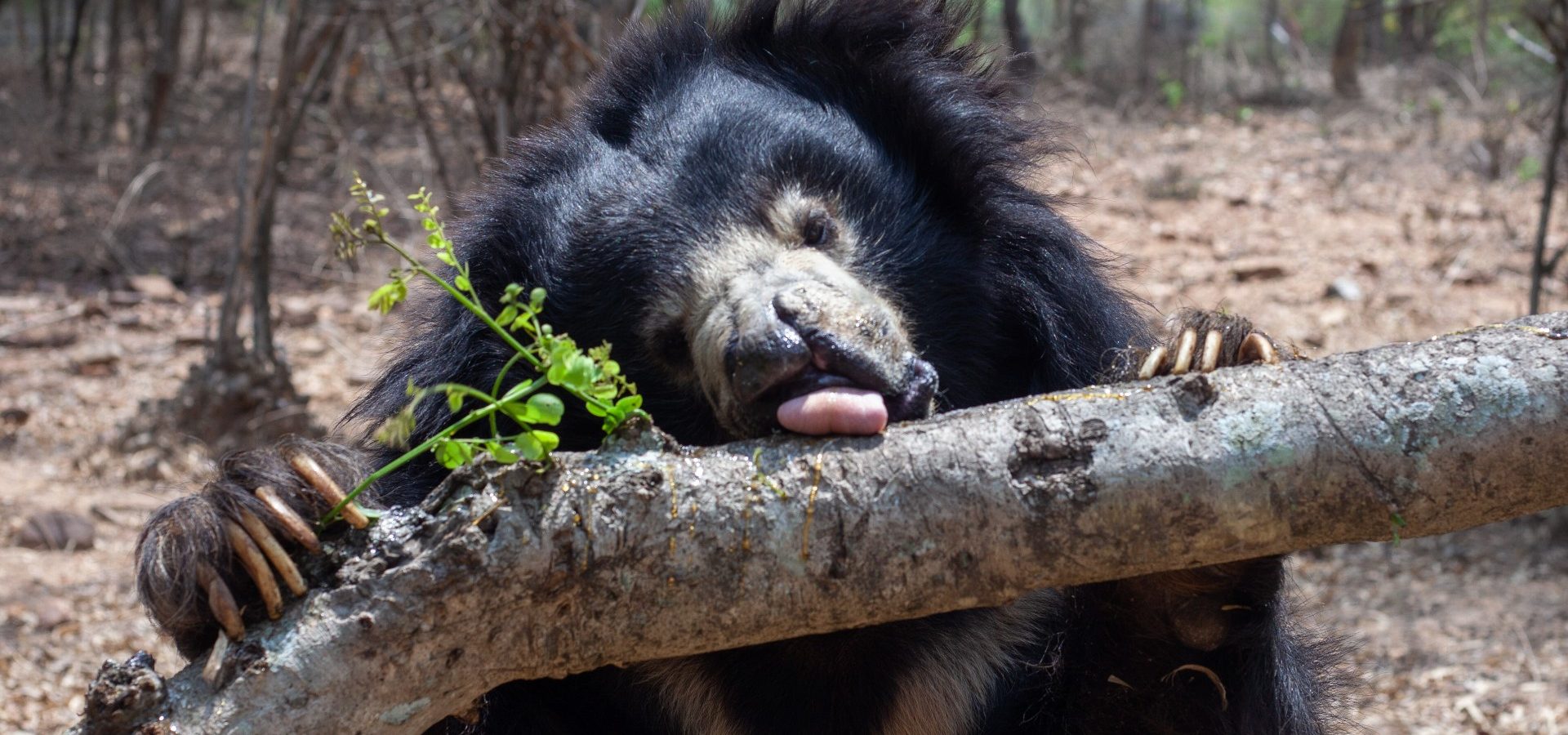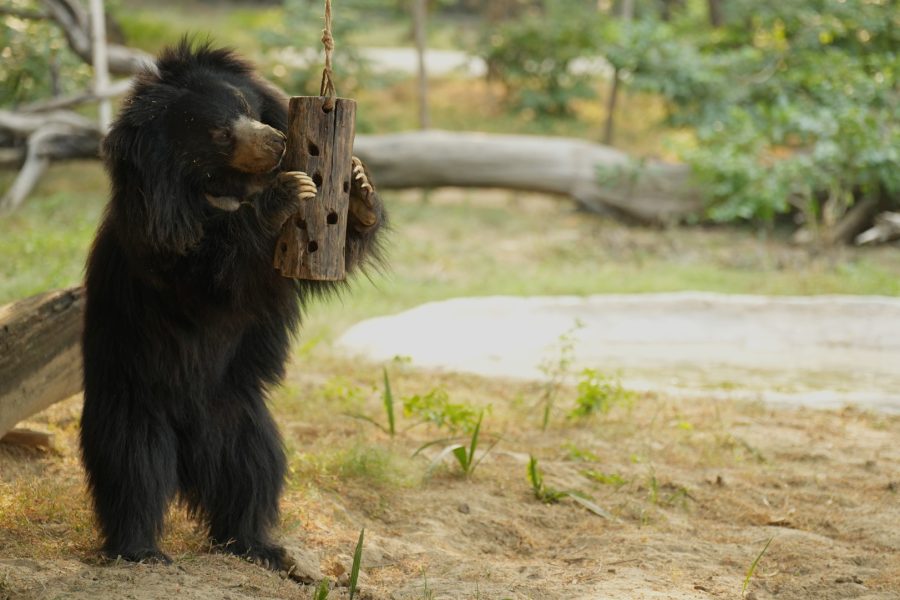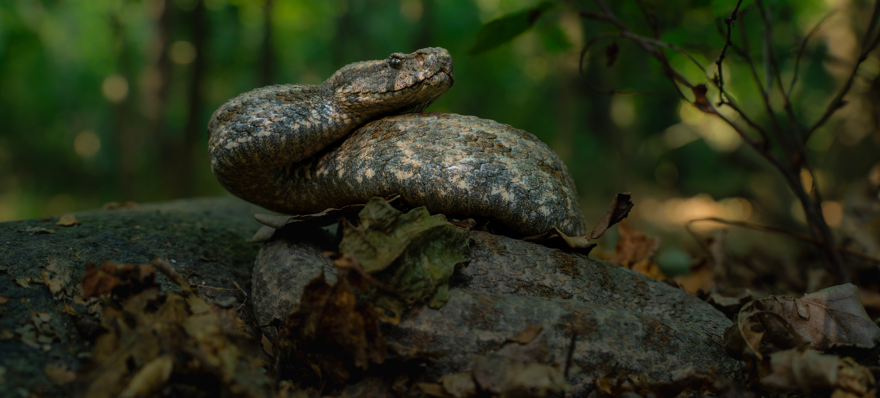In the ancient epic of Ramayana, Jambavan, the divine king of bears, assists Rama in the battle against Ravana, the king of Lanka. Jambavan is represented in the scriptures as a Sloth bear or a black bear. Indeed, bears have roamed the dense forests of the Indian subcontinent long before human civilisations did. They are as ancient to the jungle as some of its oldest trees.
The relationship that humans share with bears, too, goes a long way back. For centuries, bears have found their way into our culture, legends and fables. Bears even embody the object of comfort we give to little children to cuddle—the teddy bear. These magnificent creatures not only hold a special place in our hearts, but also in the very heart of mother nature. So what makes them so special?
![A sloth bear at the Wildlife SOS Bannerghatta Bear Rescue Centre [Photo (c) Wildlife SOS/Lenu Kannan]](https://wildlifesos.org/wp-content/uploads/2022/07/c-Lenu-Sloth-Bear.jpg)
Ecosystem Engineers
In many parts of the world, bears are considered as apex predators of the ecosystems they inhabit. Apex predators are those that exist at the very top of the food chain and thus, are crucial to maintain a healthy balance in the ecosystem.
If the population of apex predators dwindles, it could rupture the entire food chain. Suddenly, populations of prey would be on the rise, causing increased grazing and loss of vegetation and green cover. As efficient predators, bears help maintain the natural balance by keeping the elk and deer populations in check.
Bears have the ability to greatly modify their environment, and are therefore considered to be ecosystem engineers. They help to maintain a healthy ecosystem, and that’s why many scientists and ecologists categorise bears as a keystone species. For instance, it is a well known fact that most bears love eating fish, especially salmon. Alaskan Brown bears drag salmon carcasses throughout the forest, helping enrich the soil with nutrients. This in turn helps prepare the soil for vegetation and forest growth. Bears’ scat is rich in marine-driven nitrogen due to their abundant diet of salmons from streams, and acts as an additional growth booster in the soil.
Bear species have significant and crucial influence on their natural environment and the other species that share that environment. Without these keystone species, the particular ecosystem would be threatened or even cease to exist altogether.
![Four species of bears found in India. [Graphic (c) Wildlife SOS/Shivalika Swar]](https://wildlifesos.org/wp-content/uploads/2022/07/bears.jpg)
Forest Foragers
In the Himalayan regions, the Asiatic black bear is lovingly called Maali (gardener) of the forest by the locals. Bears, indeed, are some of mother nature’s finest gardeners. Their extensive foraging habits facilitate the dispersal of various plant and berry seeds across the forest floor.
Some species of bears such as Sloth bears specialise in eating fruits and nuts. Up in the Himalayan regions, Brown bears in particular eat a lot of fruits and are among the main seed dispersion agents in the forest. When the bears climb up trees to pluck or shake off branches, they create pathways for the sunlight to reach the lower growth at the forest floor where there is otherwise scarcely any light for the herbs and shrubs.
Bears also possess a very strong immune ecosystem which enables them to feed on deceased animals and decaying carcasses. Although they are not primarily scavengers, bears do help clean the forest, which would otherwise be littered with animal corpses and infested with diseases. They also overturn decomposing logs and fallen vegetation to forage for grubs and insects.
![A rescued Himalayan Brown bear at the Wildlife SOS centre in Jammu and Kashmir [Photo (c) Wildlife SOS]](https://wildlifesos.org/wp-content/uploads/2022/07/Himalayan-brown-bear-with-logo.jpg)
More Than Just a Poster Child
The significance of the Polar bear in the arctic region is a case in point. The Polar bear is more than just a poster child for conservation effects and the fight against the negative effects of climate change. As the keystone species of the arctic ecosystem, they are critical to its healthy functioning and balance.
As the apex predators, the populations of Polar bears are an indicator of the health of the ecosystem which they are part of. If the numbers of Polar bears decline, it is a sign that the whole arctic ecosystem is in trouble. In turn, the state of the arctic is an indicator of what is in store for the rest of the world if we do not quickly act against climate change.
While Polar bears mainly hunt and feed on seals, factors such as habitat loss, reduced prey and exhaustion is forcing these bears to hunt for other smaller species in the arctic. This has threatened the survival of other arctic species such as the Arctic fox or the walrus as they compete for prey and resources. Without Polar bears to hunt them, the population of seals would explode, threatening the population of fish and crustaceans, which seals feed on.
Nature has provided each species on Earth with a niche purpose and a special role to play in the ecosystem. Our bears are dear to the planet, and protecting their habitats is of utmost importance. To support our efforts to conserve the habitats of bears, please click here to donate.





